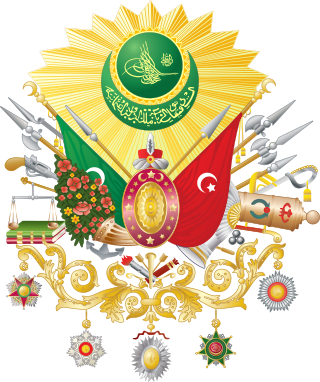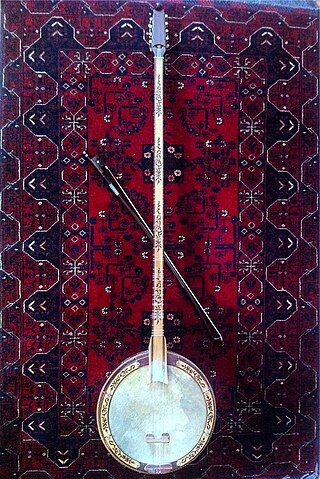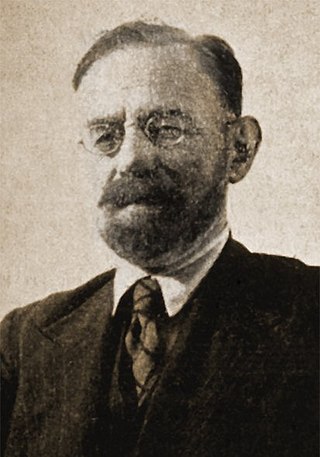Related Research Articles
The Turkish makam is a system of melody types used in Turkish classical music and Turkish folk music. It provides a complex set of rules for composing and performance. Each makam specifies a unique intervalic structure and melodic development (seyir). Whether a fixed composition or a spontaneous composition, all attempt to follow the melody type. The rhythmic counterpart of makam in Turkish music is usul.

Ottoman music or Turkish classical music is the tradition of classical music originating in the Ottoman Empire. Developed in the palace, major Ottoman cities, and Sufi lodges, it traditionally features a solo singer with a small to medium-sized instrumental ensemble.

Mustafa Itri, more commonly known as Buhurizade Mustafa Itri, or just simply Itri was an Ottoman-Turkish musician, composer, singer and poet. With over a thousand works to his name, although only about forty of these have survived to this day, he is regarded as the master of Turkish classical music. In 2012, due to the 300th anniversary of Itri's death, the UNESCO declared 2012 the "International Itri Year".

Karaisalı is a municipality and district of Adana Province, Turkey. Its area is 1,165 km2, and its population is 22,042 (2022).

The yaylı tambur is a bowed long-neck lute from Turkey. Derived from the older plucked mızraplı tambur variant of the Turkish tambur, it has a long, fretted neck and a round metal or wooden soundbox which is often covered on the front with a skin or acrylic head similar to that of a banjo.
Peşrev or Peshrev is an instrumental form in Ottoman music. It is the name of the first piece of music played during a group performance called a fasıl. It also serves as the penultimate piece of the Mevlevi ayini, a ritual music of the Mevlevi Order, under the name son peşrev, preceding son semai. It usually uses long rhythm cycles, stretching over many measures as opposed to the simpler usul the other major form of instrumental music uses, saz semai.
The fasıl is a suite in Ottoman classical music. It is similar to the Arabic nawba and waslah.

Abdullah Durak is a Turkish professional footballer who plays as a central midfielder.
Durak is a card game.
Çelikköy is a village in the Gölbaşı District, Adıyaman Province, Turkey. The village is populated by Turks and had a population of 357 in 2021. Both Alevis and Sunni Muslims are present in the village.
Belçim Bilgin is a Kurdish actress from Turkey.

Mehmet Suphi Ezgi was an Ottoman-born Turkish military physician who specialized in neurology, and a musician, musicologist and composer. He is best known for his studies of Ottoman classical music.
Yeden, in Turkish makam theory, is the note preceding the tonic note (Durak) as the leading tone within a makam.
Geçki is the usage of a different makam during the performance of another makam, which may or may not lead to a modulation. It is a form of modal interchange, used specifically within Turkish makam music.
Uşşak is the implementation of the Bayati scale in Turkish makam music. It is in 53 Tone Equal Temperament.
Kürdî is a scale in Turkish makam music. It is in 53 Tone Equal Temperament.
Güçlü, in Turkish makam theory, is the dominant, central note used as a temporary tonic in the middle of a piece in a makam. As such, it is the common note of the lower and uper Çeşnis - last note of the first tetrachord or pentachord and first note of the second tetrachord or pentachord.
Seyir, in Turkish makam theory, is a pattern of movement of notes in a certain order (route) within a makam.
Çeşni, in Turkish makam theory, is a set of scales usually seen in tetrachord or pentachord form that make up and give the name for a certain makam. A makam is composed of at least two Çeşnis, the lower and the upper.
Donanım, in Turkish makam theory, is the representation in the notation of "fault marks" in different intervals in the scales, which are unique to that makam and which are used to show the comma sounds with very small sound changes that can be distinguished by ear, called accidentals. These signs are placed immediately after the key in the diatonic scale. The flats are written first, then the sharps in a certain order in the middle of the note line and interval to which they belong.
References
- ↑ "MAKAM". TDV İslâm Ansiklopedisi (in Turkish). Retrieved 2024-10-15.
- ↑ "Türk Sanat Müziğinde Makam Olgusu | Prof. Dr. Hazım GÖKÇEN" (in Turkish). Retrieved 2024-10-16.
- ↑ KAÇAR, Dr. Gülçin YAHYA (2008). "TÜRK MÛSİKÎSİNDE MAKAM". DergiPark (11): 153.